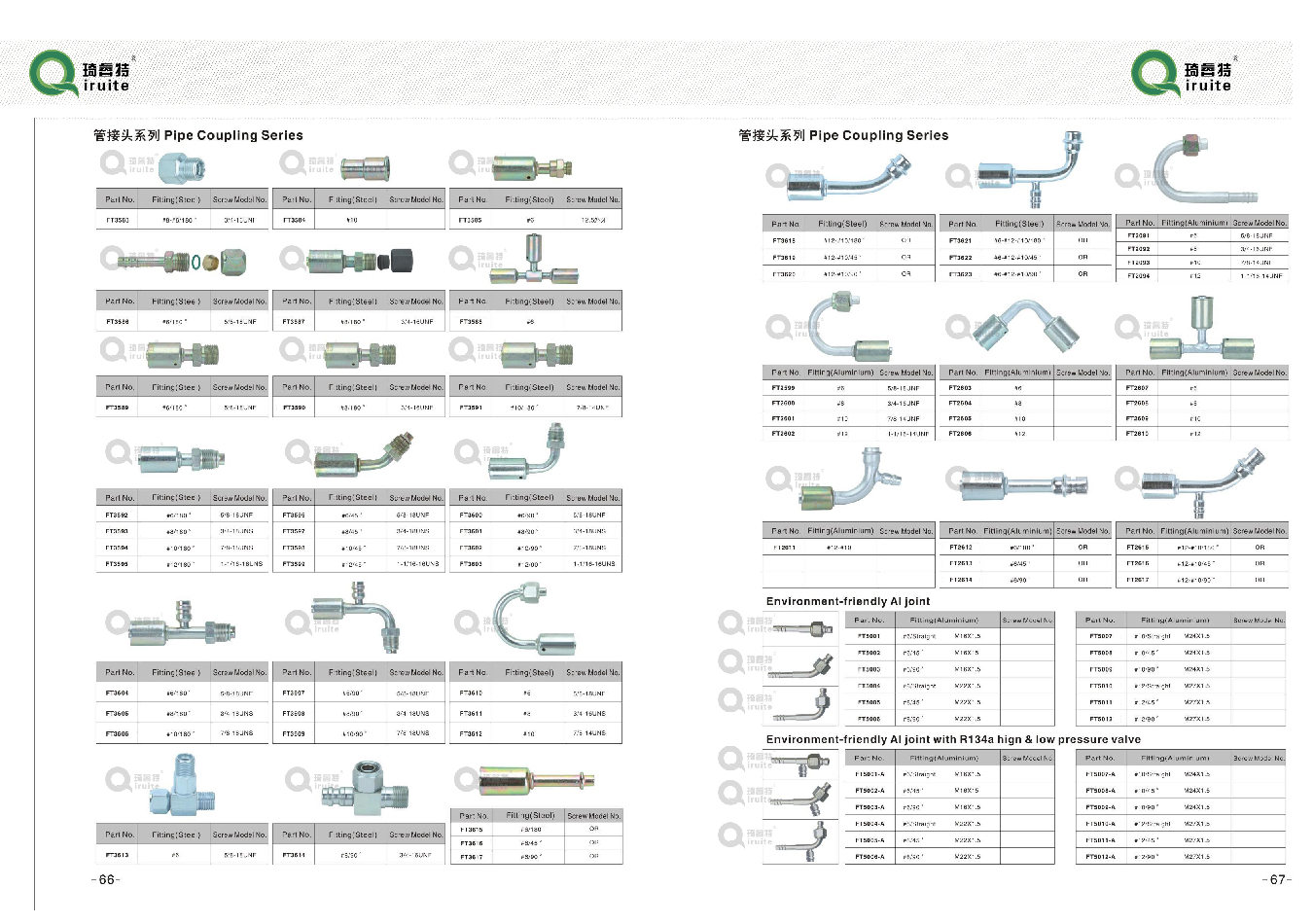pipe coupling clamp
Understanding Pipe Coupling Clamps A Comprehensive Guide
In the world of plumbing, construction, and mechanical systems, one component plays a critical role in the connection and stabilization of pipe systems the pipe coupling clamp. This seemingly simple device is essential for ensuring that pipes are securely fastened, preventing leaks and maintaining the integrity of fluid and gas transfer systems. In this article, we will delve into the types of pipe coupling clamps, their applications, materials used, and the best practices for installation and maintenance.
What is a Pipe Coupling Clamp?
A pipe coupling clamp is a mechanical device used to connect two sections of pipe or tubing together. It functions to align the pipes, hold them in place, and often seal the joint to prevent leakage. The clamp can be used in various applications, including plumbing, heating, cooling systems, and even industrial processes where fluid transport is necessary.
Types of Pipe Coupling Clamps
There are several types of pipe coupling clamps, each designed for specific applications and requirements
1. Standard Hose Clamps Often used in automotive and plumbing applications, these are made from stainless steel and can securely hold hoses to fittings. They feature a worm gear mechanism that allows for adjustable tension.
2. Rubber Expansion Couplings These clamps provide flexibility, accommodating the expansion and contraction of pipes due to temperature changes. They are often used in drainage systems where movement can occur.
3. Split Clamps These are designed to surround the pipe completely and provide a tight grip by tightening the screws located at one or two points. They are often used in high-pressure applications.
4. Vibration Dampening Clamps These are designed to reduce vibration in piping systems, which can lead to wear and tear over time. They usually integrate some form of cushioning material.
5. Double Bolt Clamps Common in larger diameter pipes, these clamps utilize two bolts to distribute the clamping force evenly, ensuring a secure connection without damaging the pipe.
Applications
Pipe coupling clamps have a wide array of applications across various industries
pipe coupling clamp

- Plumbing In residential and commercial plumbing, they are used to join pipes and prevent leaks in water supply and drainage systems. - HVAC Systems These clamps secure ductwork and piping, ensuring efficient airflow and temperature control. - Automotive In vehicles, coupling clamps hold hoses connected to radiators, heating systems, and fuel lines. - Industrial In factories, they assist in maintaining the structure of extensive piping systems used for moving chemicals or other materials.
Materials Used
The choice of material for pipe coupling clamps depends on the intended application and environmental factors. Common materials include
- Stainless Steel Known for its strength and corrosion resistance, stainless steel is ideal for plumbing and industrial applications. - Plastic Used in low-pressure applications, plastic clamps are lightweight and resistant to corrosion; however, they may not withstand high temperatures. - Mild Steel Often coated to prevent rust, mild steel clamps are cost-effective and used in various applications, though they're less resistant to corrosion than stainless steel.
Best Practices for Installation and Maintenance
To ensure longevity and effectiveness, proper installation and regular maintenance of pipe coupling clamps are crucial.
1. Correct Sizing Always choose the right size clamp for the pipe being joined. An undersized clamp may not hold effectively, while an oversized one may not provide proper engagement.
2. Proper Torque Settings When tightening clamps, use the manufacturer-recommended torque settings to avoid over-tightening, which can damage the pipe or clamp.
3. Regular Inspections Periodically inspect clamps for wear, corrosion, or damage, and replace them as necessary to prevent leaks.
4. Use of Sealants In certain applications, consider using sealant materials in conjunction with clamps for additional leakage prevention.
Conclusion
Pipe coupling clamps are an indispensable part of many systems that require secure and reliable pipe connections. Understanding their types, applications, and maintenance is essential for anyone involved in plumbing, HVAC, or industrial processes. With the right knowledge and practices, you can ensure that your piping systems operate efficiently and safely, minimizing the risk of leaks and malfunctions. Whether you are a professional or a DIY enthusiast, mastering the use of pipe coupling clamps is a valuable skill that contributes to the longevity and reliability of your installations.
-
Ultimate Spiral Protection for Hoses & CablesNewsJun.26,2025
-
The Ultimate Quick-Connect Solutions for Every NeedNewsJun.26,2025
-
SAE J1401 Brake Hose: Reliable Choice for Safe BrakingNewsJun.26,2025
-
Reliable J2064 A/C Hoses for Real-World Cooling NeedsNewsJun.26,2025
-
Heavy-Duty Sewer Jetting Hoses Built to LastNewsJun.26,2025
-
Fix Power Steering Tube Leaks Fast – Durable & Affordable SolutionNewsJun.26,2025

